Wren House Adventures
By Doug Donaldson
A few years ago, my wife and I noticed a pair of beautiful little Bewick’s Wrens frequenting our backyard feeder. Eventually my wife discovered they had created a nest in the folds of an old tarp stored by our shed. We kept an eye on the nest, but one night it was raided and destroyed. It was clearly time to build some wren houses!
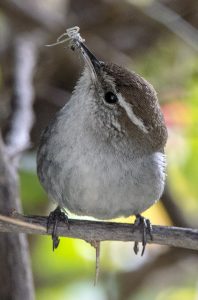 Bewick’s Wren by Doug Donaldson
Bewick’s Wren by Doug Donaldson
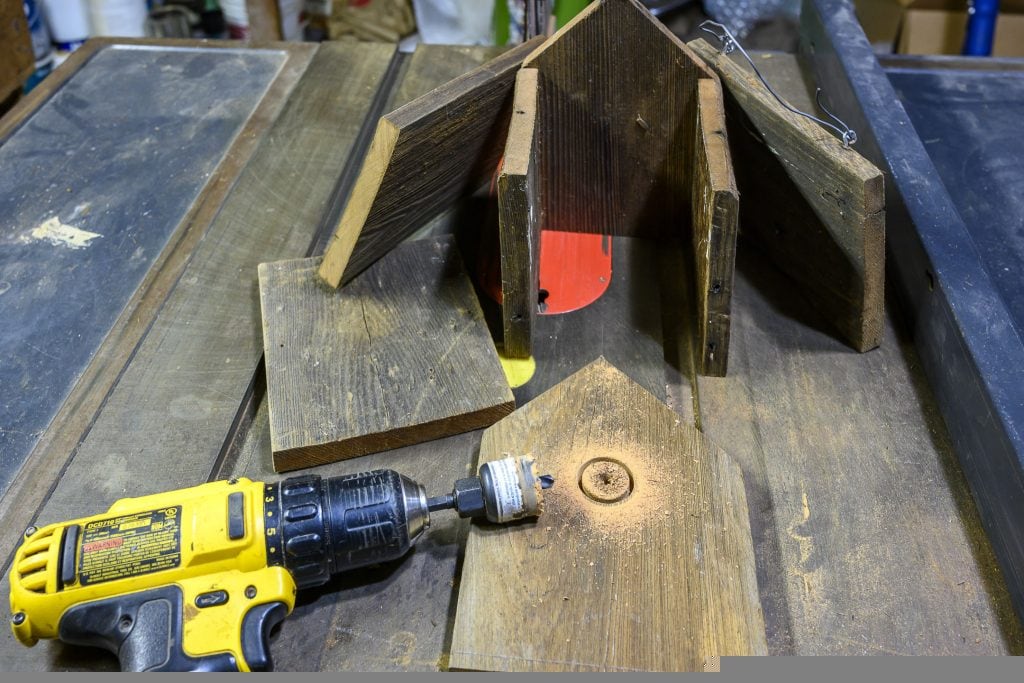 Birdhouse Assembly by Doug Donaldson
Birdhouse Assembly by Doug Donaldson
I found some old redwood fence boards that could work for this project and checked the internet for some design ideas and other guidance. I found quite a few website resources and sensed a consensus that the proper sized entrance hole for Bewick’s Wrens was 1 1/8 inches wide, 4-6 inches above the floor of a 6-8-inch-high wren house. It didn’t take long to cut the walls, roof boards, and bottom for two birdhouses on my table saw, but I discovered that I had a hole saw blade of 1 1/4” but not 1 1/8”. I used the blade I had to cut the entrance hole, assembled the birdhouses and hung them in some tree branches 6-7 feet above the ground (within the range recommended by my internet sources).
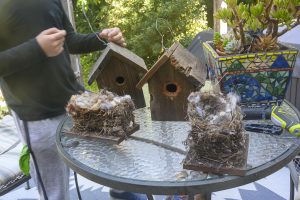 Birdhouses by Doug Donaldson
Birdhouses by Doug Donaldson
A year went by. We continued to see Bewick’s Wrens frequent the feeder. But none showed interest in my birdhouses. As we got to know the wrens better, we observed that they preferred the cover in dense shrubs and bushes, typically flying into a thick bougainvillea against the house or a Hebe shrub near the feeder.
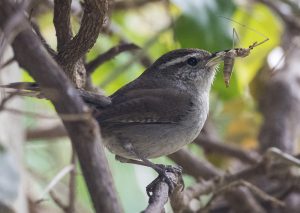 Nesting Wren by Doug Donaldson
Nesting Wren by Doug Donaldson
So, I decided I would put a birdhouse in a place they like. I built two more birdhouses just like the first two, but with one difference. This time, I went to the hardware store and purchased a 1 1/8-inch bit, making entrance holes of the recommended diameter. I hung one house inside the bougainvillea and another in a thick camelia bush nearby.
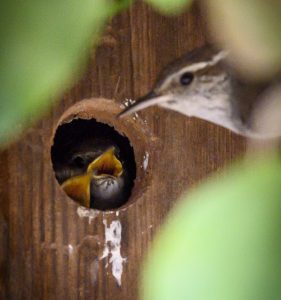 Nesting Wrens by Doug Donaldson
Nesting Wrens by Doug Donaldson
Bingo! We quickly noted that the wrens were very active in the bougainvillea and discovered a pair was building a nest in the new birdhouse. We didn’t notice immediately, but the other house (in the camelia) was soon occupied as well. We watched and I photographed the busy parents. Eventually, two newly fledged chicks came into the picture. Wren sightings around the feeder were very common, with many flitting in and out of the bougainvillea. …

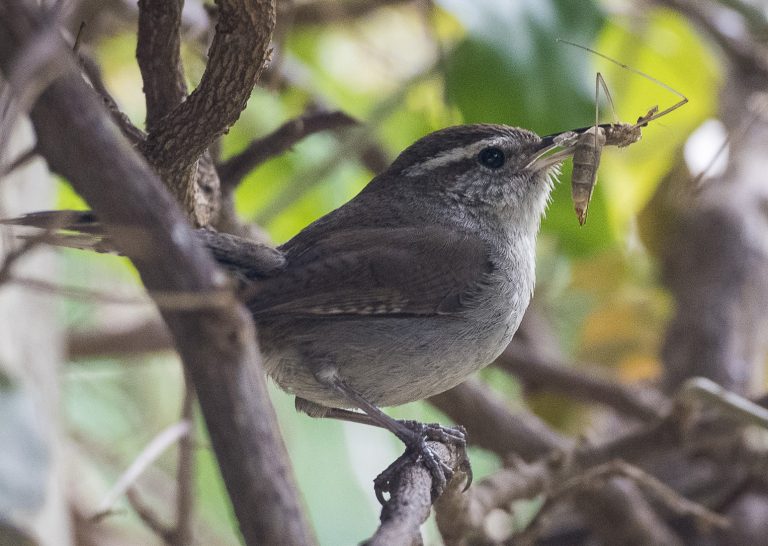
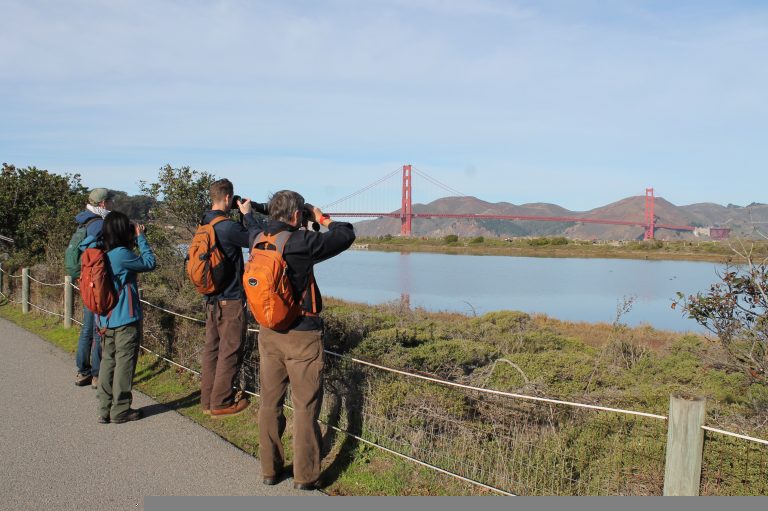
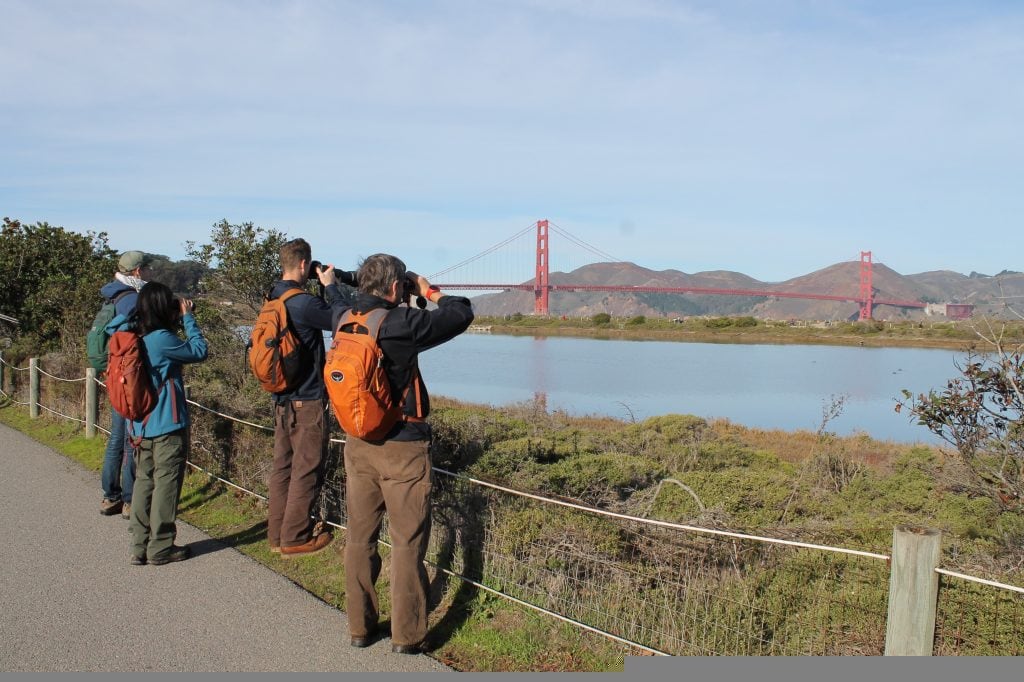 Counting at Crissy Lagoon. Photo by Ilana DeBare.
Counting at Crissy Lagoon. Photo by Ilana DeBare.
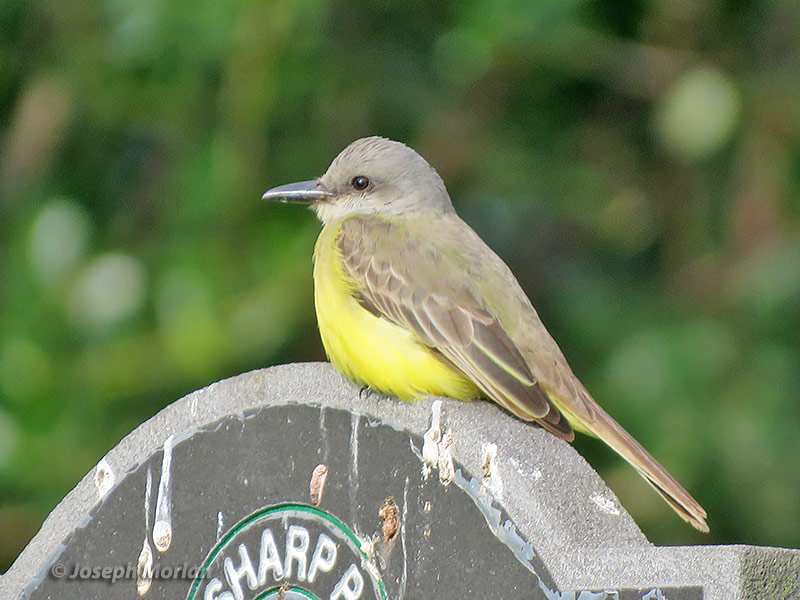 Tropical Kingbird at the Sharp Park Golf Course, by Joseph Morlan
Tropical Kingbird at the Sharp Park Golf Course, by Joseph Morlan
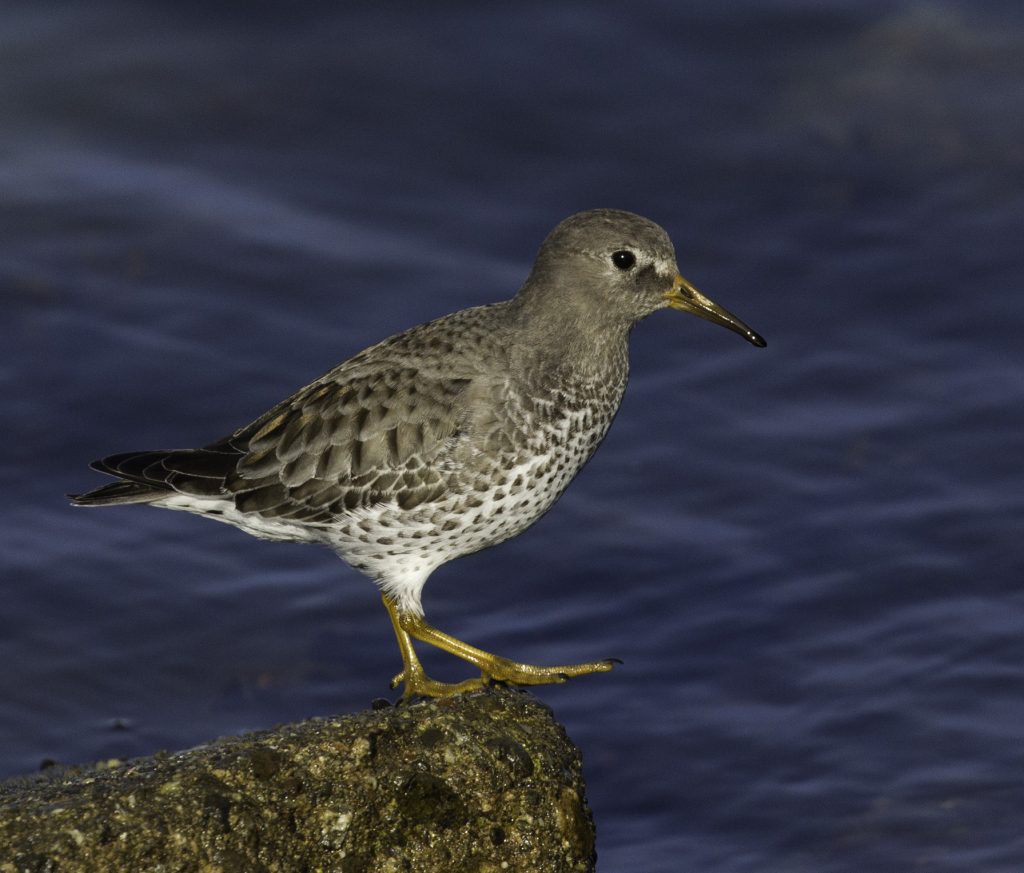 Rock Sandpiper at Heron’s Head Park by Peter Seubert
Rock Sandpiper at Heron’s Head Park by Peter Seubert
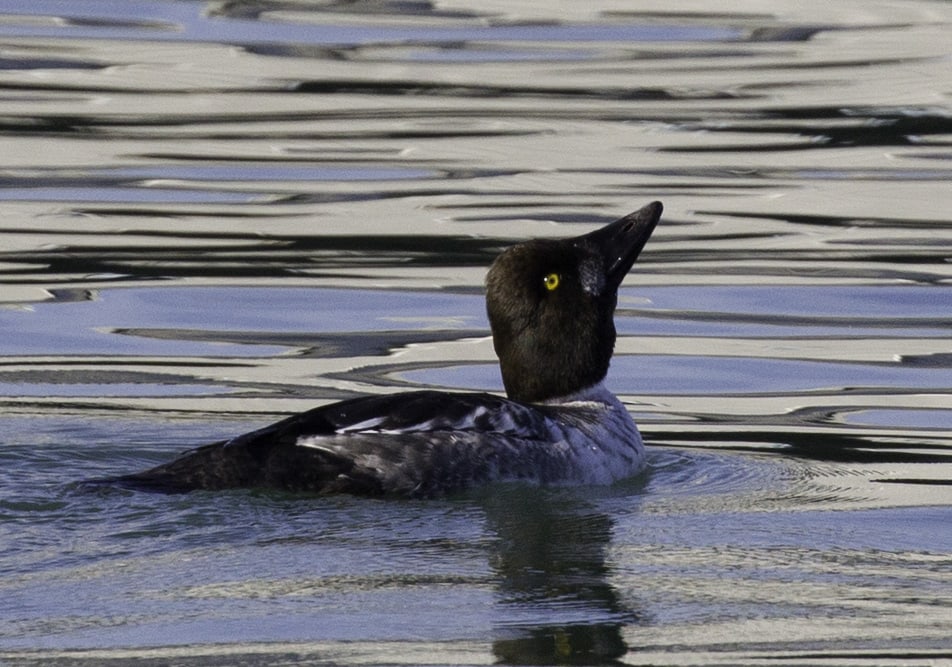 Common Goldeneye at Heron’s Head Park by Peter Seubert
Common Goldeneye at Heron’s Head Park by Peter Seubert
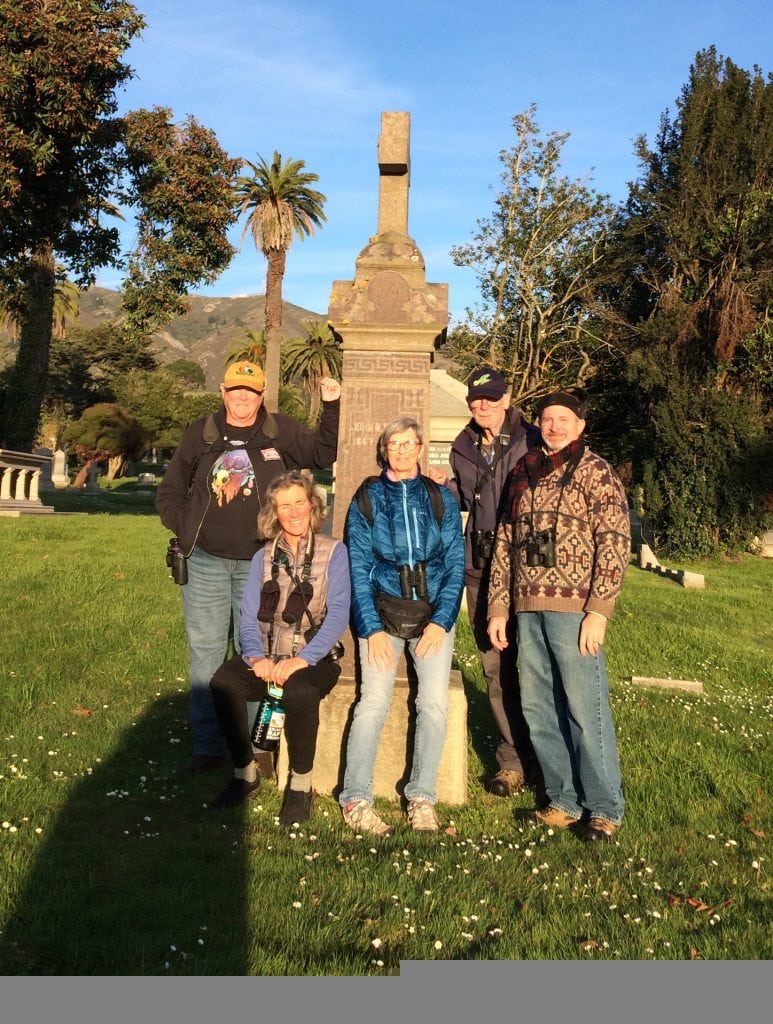 Counting in Colma, city of cemeteries, by Laurie Graham
Counting in Colma, city of cemeteries, by Laurie Graham
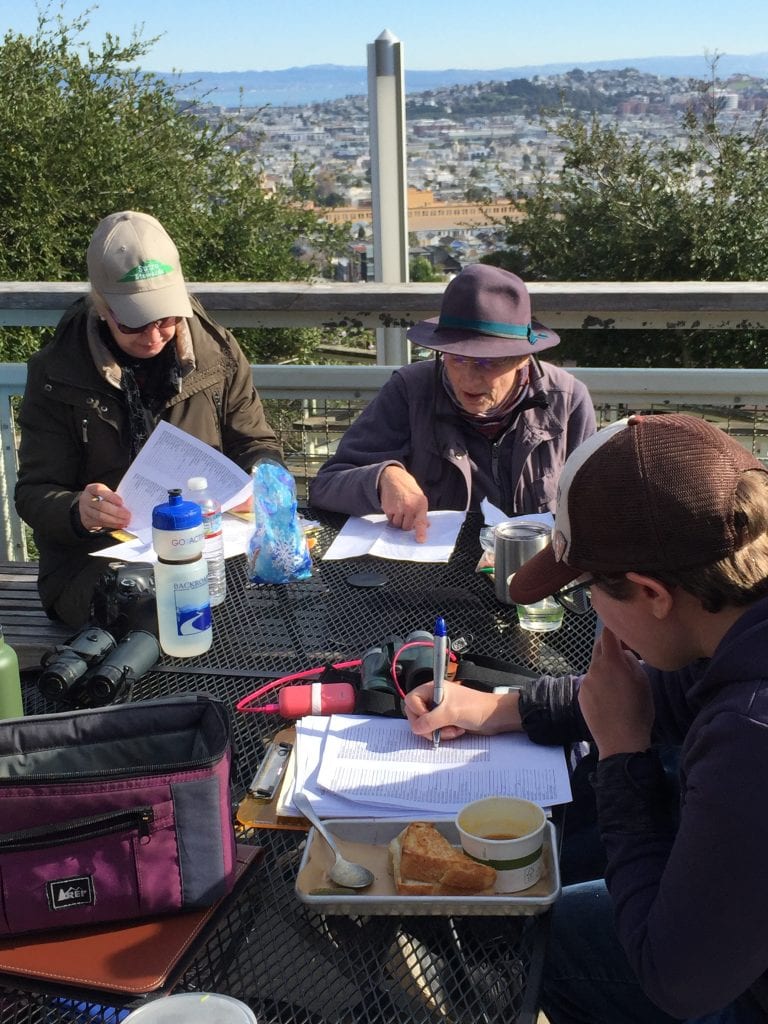 Tallying up the morning results over lunch at the Randall Museum. Photo by Ilana DeBare.
Tallying up the morning results over lunch at the Randall Museum. Photo by Ilana DeBare.

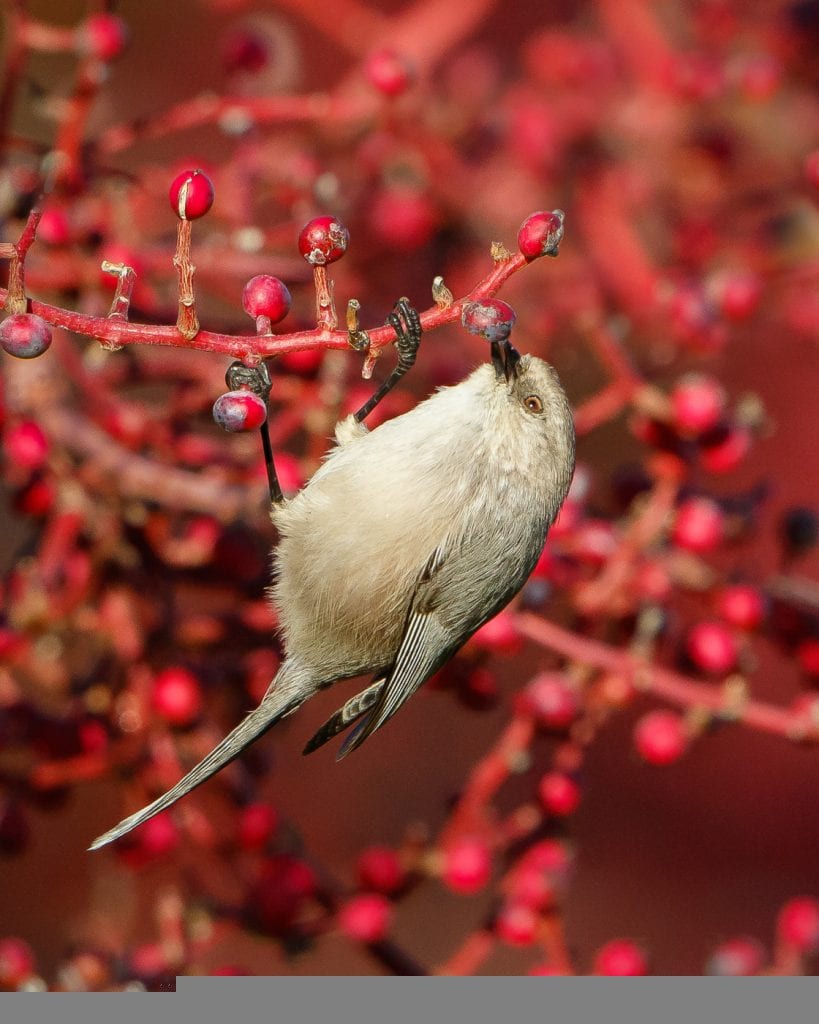 Bushtit with red berries, probably Chinese pistache, by Steve Zamek
Bushtit with red berries, probably Chinese pistache, by Steve Zamek
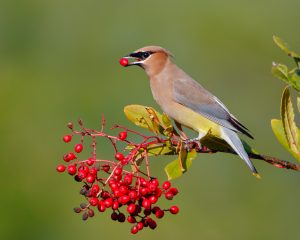 Cedar Waxwing with toyon berries by Steve Zamek
Cedar Waxwing with toyon berries by Steve Zamek
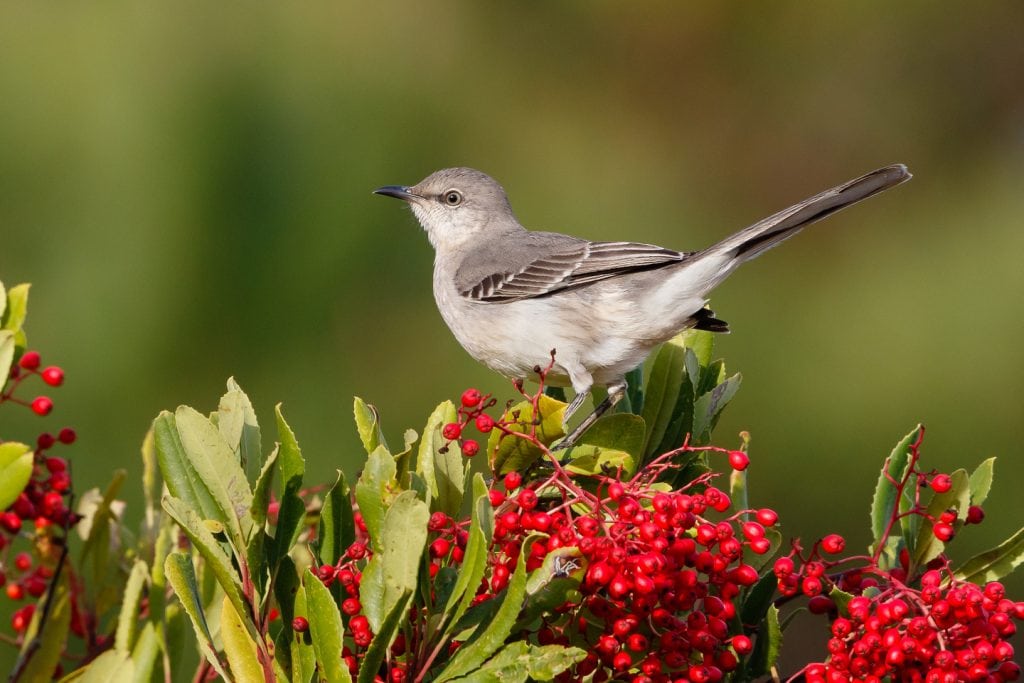 Northern Mockingbird with toyon berries by Steve Zamek
Northern Mockingbird with toyon berries by Steve Zamek
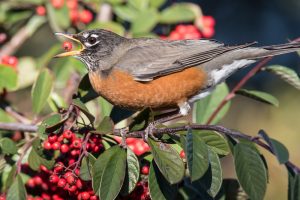 American Robin on a cotoneaster by Bob Lewis
American Robin on a cotoneaster by Bob Lewis
 American Robin with a berry, by Steve Zamek
American Robin with a berry, by Steve Zamek
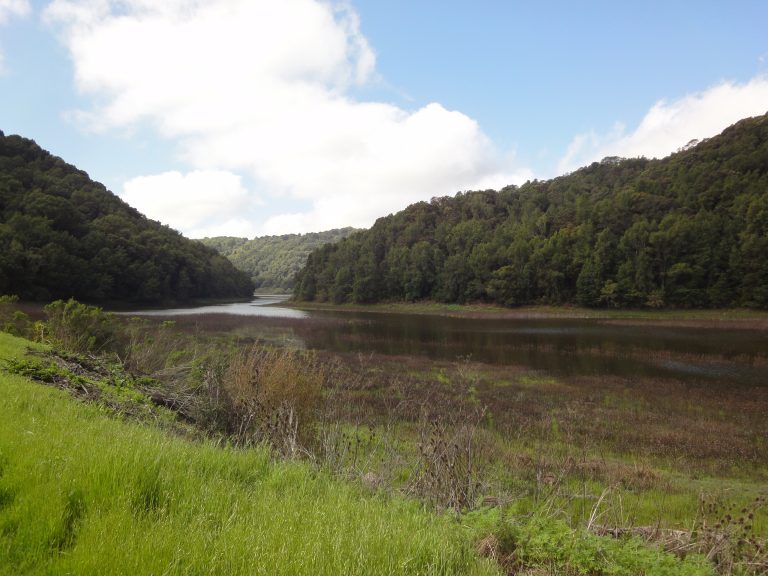
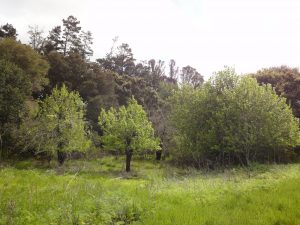 Fruit trees from bygone ranching days at Valle Vista Staging Area. Photo: Maureen Lahiff.
Fruit trees from bygone ranching days at Valle Vista Staging Area. Photo: Maureen Lahiff.
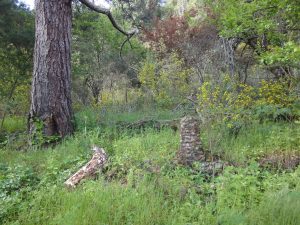 Ruins of an old structure along the trail to the reservoir. Photo: Maureen Lahiff.
Ruins of an old structure along the trail to the reservoir. Photo: Maureen Lahiff.
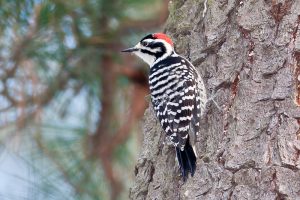 Nuttall’s Woodpecker at Upper San Leandro Reservoir by Bob Lewis
Nuttall’s Woodpecker at Upper San Leandro Reservoir by Bob Lewis
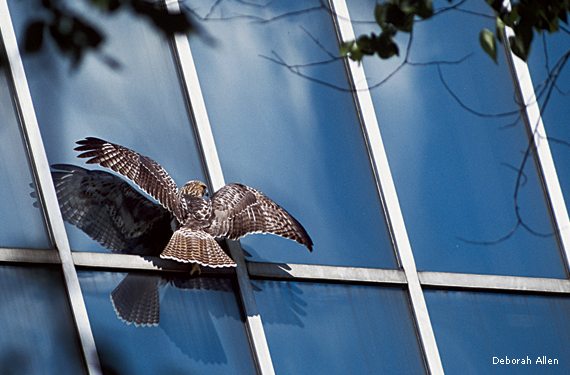
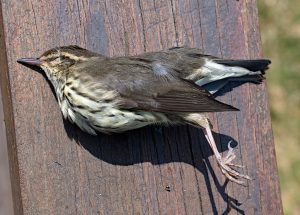 Northern Waterthrush, an unusual Bay Area visitor, killed in a window collision in Berkeley / Photo by Douglas Greenberg
Northern Waterthrush, an unusual Bay Area visitor, killed in a window collision in Berkeley / Photo by Douglas Greenberg